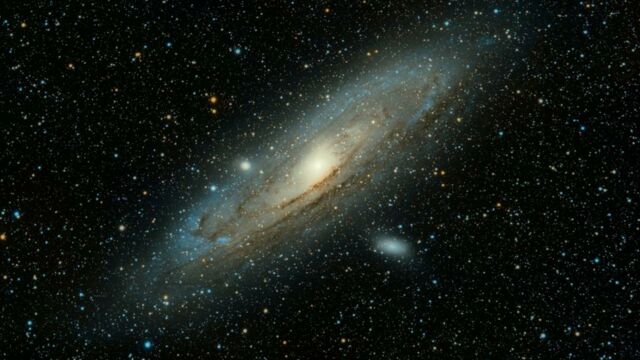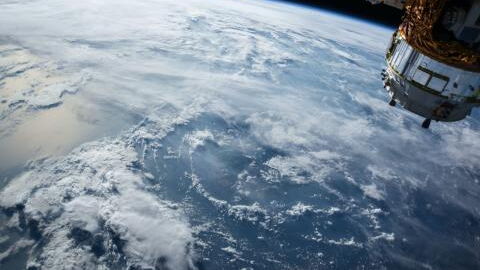Will we ever be lucky enough to set foot on an exoplanet? Since the mid-1990s, the term has fascinated us, making us dream of exotic worlds, far from our Solar System, where humankind could thrive. But an exoplanet isn't necessarily an Eden, far from it. Some (most?) are inhospitable, even unlivable, and it would be difficult to develop a form of tourism there. WASP-107b, for example, won't be hosting theOlympic Games any time soon.
Discover our latest podcast
James Webb has enabled a precise study of its atmosphere
WASP-107b (forgive its barbaric name) was discovered in 2017. Back in the days before Covid-19, the Hubble Space Telescope observed it and even detected water vapor in its atmosphere. Five years later, this exoplanet was scrutinized by the far more advanced James Webb.
This gave NASA the opportunity to study its atmosphere in much greater detail, confirming the presence of water vapour, sulphur dioxide and, above all, silicate clouds (i.e. sand). The results of these observations have been published in a new study. Lead author Achrène Dyrek is delighted:
The data we had so far was in wavelengths close to visible light. That's a range of wavelengths where there was essentially water in the form of gas to detect. Thanks to James Webb, who observes in infrared, we have been able to understand the nature of clouds. This is a first!
Read more:NASA's James Webb Space Telescope reveals a new exoplanet with CO2, is it habitable for humans?
WASP-107b, a super-Neptune that's no fun to live on
The question then arises: will we ever be able to settle on this exoplanet located 'only' 200 light-years away? Will we build roads, shopping centers and cafés? The answer is probably no.
According to James Webb's observations, WASP-107b doesn't have much tourist potential. It rains sand and the wind blows at several kilometers per hour. Enough to rip off a tent without too much difficulty. And the temperature? It easily exceeds 400°C...
But that doesn't mean that life there is totally impossible: according to Leen Decin, another scientist involved in the study:
The temperatures are very high and it's a different chemistry. I'm not saying there couldn't be other types of species forming, but not of the kind we see on Earth.
🥇[NEWS] I am thrilled to announce that we have discovered sand clouds, sulphur dioxide and gas water in the atmosphere of an exoplanet 🌪️
— Dr. Achrène Dyrek 🛰🚀🔭 (@achrene_dyrek) November 16, 2023
👏This work has been published in @Nature and unravels the mysteries of the fluffy exoplanet WASP-107b 🪐
🔗 https://t.co/hXfoGfGcCjpic.twitter.com/VZAheRImG6
Read more:NASA releases new photos of Mars illuminated by the sun
This article has been translated from Gentside FR.
Sources used:
Nature: SO2, silicate clouds, but no CH4 detected in a warm Neptune
Le Parisien: Espace : WASP-107b, la planète « barbe à papa », déshabillée par James Webb















